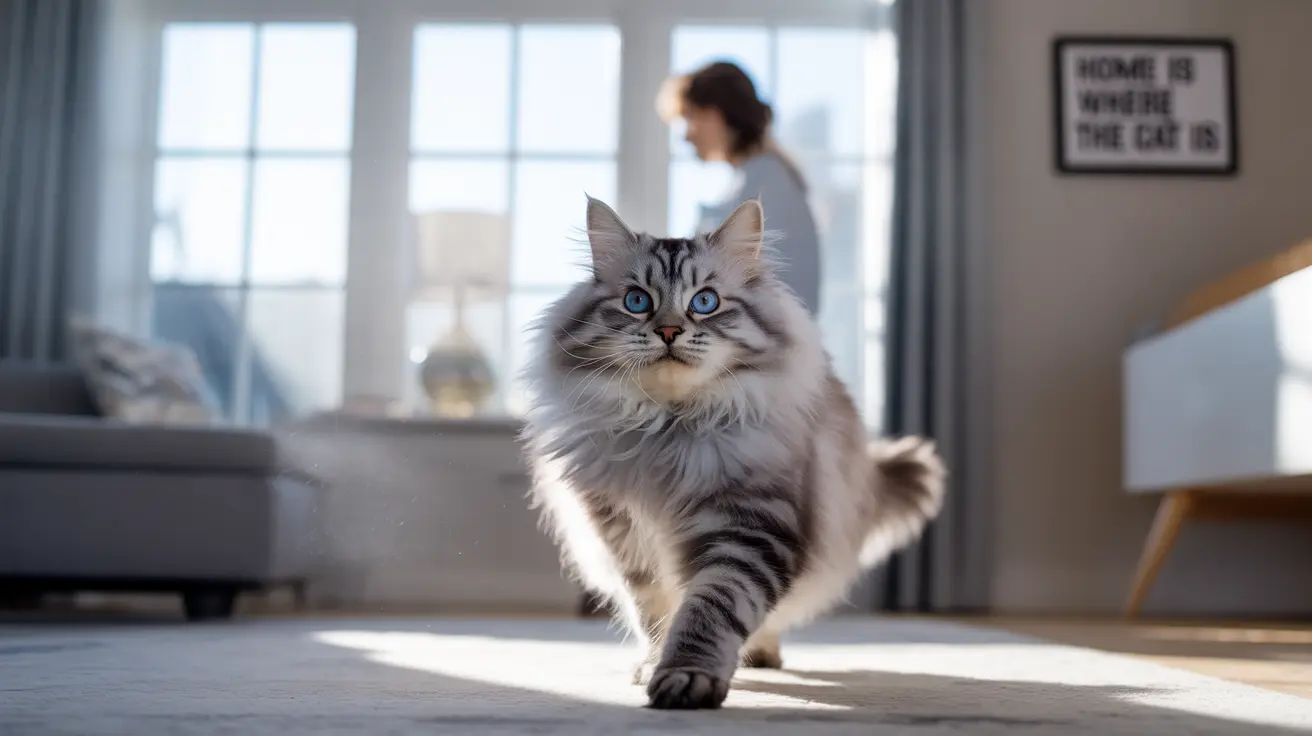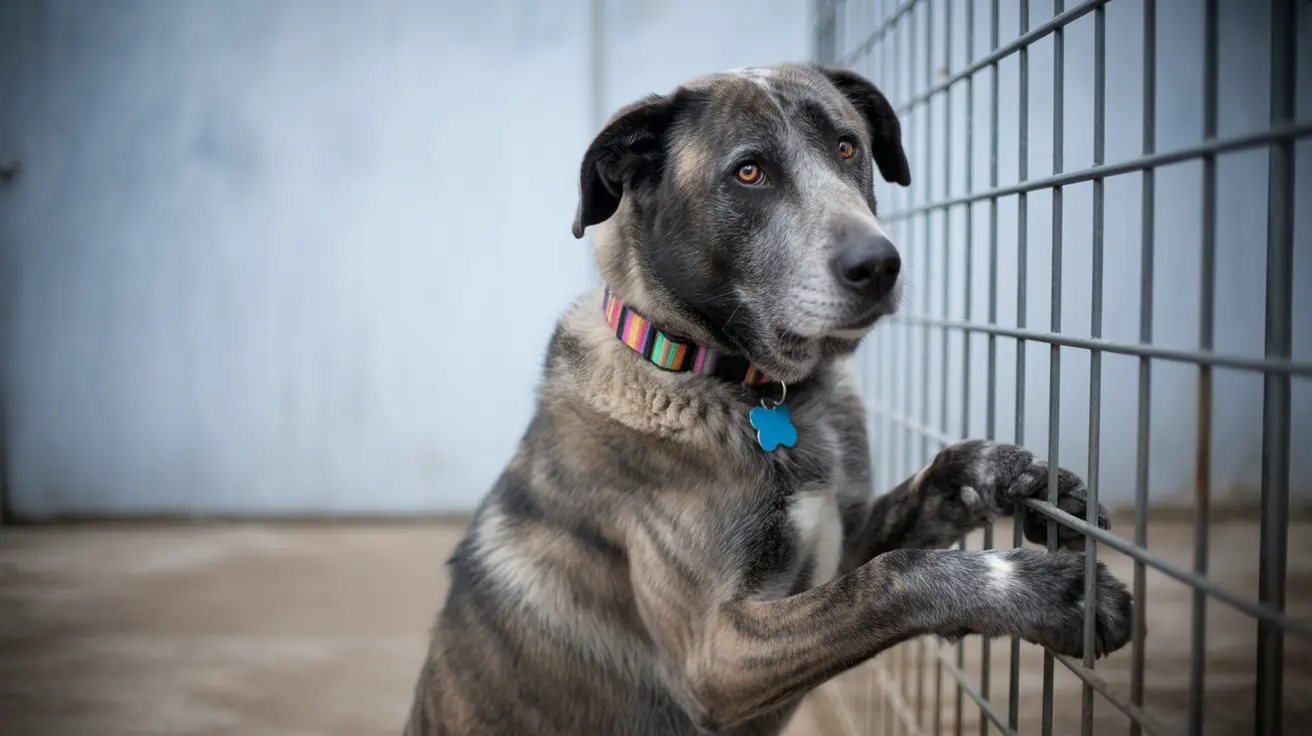The age-old debate about feline loyalty has puzzled pet owners for generations. While dogs are widely celebrated for their unwavering devotion, cats often face skepticism about their capacity for loyalty. However, recent scientific research reveals that cats do form deep, meaningful bonds with their human companions—they just express their loyalty differently than their canine counterparts.
In this comprehensive guide, we'll explore the fascinating science behind feline loyalty, examine how cats demonstrate their attachment, and understand why these independent creatures choose to form lasting bonds with their favorite humans.
The Science of Feline Loyalty
Recent studies have shattered the myth of the aloof, unattached cat. Research from Oregon State University discovered that cats form secure emotional attachments to their caregivers at rates comparable to both children and dogs. Approximately 64% of cats demonstrated secure attachment patterns, showing that our feline friends are indeed capable of deep, lasting bonds.
These secure attachments manifest through specific behavioral patterns, particularly when cats use their owners as a secure base for exploring their environment and seeking comfort during stressful situations.
How Cats Display Their Loyalty
Unlike dogs, who might follow commands or actively protect their owners, cats show their loyalty through more subtle yet equally meaningful behaviors:
- Greeting rituals when you return home
- Following you from room to room
- Slow blinking (often called "cat kisses")
- Choosing to sleep near or on you
- Bringing you "gifts"
- Showing their belly (a sign of trust)
These behaviors indicate a conscious choice to maintain proximity and connection with their chosen human companion.
Building Trust and Earning Feline Loyalty
Cats' loyalty isn't automatically given—it must be earned through consistent, respectful interaction. Key factors in developing a loyal bond include:
- Respecting their boundaries and personal space
- Maintaining consistent feeding and care routines
- Engaging in regular play sessions
- Providing a safe, enriching environment
- Responding to their communication cues
Understanding Your Cat's Attachment Style
Just as humans have different attachment styles, cats can display varying levels and types of loyalty. Some cats are naturally more demonstrative, while others show their attachment more subtly. Understanding your cat's unique personality and communication style is crucial for recognizing and appreciating their loyalty.
The Role of Early Socialization
Early experiences significantly impact a cat's capacity for forming loyal bonds. Well-socialized kittens typically develop stronger attachments to humans, while cats with limited early human contact may take longer to develop trust and loyalty.
Frequently Asked Questions
How do cats show loyalty to their owners differently from dogs?
Cats express loyalty through subtle behaviors like following their owners, seeking physical proximity, and showing trust through vulnerable positions. Unlike dogs, their loyalty is based on mutual respect rather than pack mentality.
Can cats form secure emotional attachments to their humans like dogs and children?
Yes, scientific studies show that approximately 64% of cats form secure attachments to their caregivers, similar to the rates observed in dogs and children.
What behaviors indicate that a cat is loyal or attached to their owner?
Key indicators include greeting behaviors, following their owner around, slow blinking, choosing to sleep nearby, and seeking interaction during times of stress or uncertainty.
How can I build and earn my cat's loyalty and trust over time?
Build loyalty by maintaining consistent care routines, respecting boundaries, providing positive interactions, and creating a safe environment. Regular play and gentle handling also help strengthen the bond.
Why do some cats prefer certain people and show selective loyalty?
Cats often form stronger bonds with individuals who consistently meet their physical and emotional needs, respect their boundaries, and understand their communication cues. This selective attachment is based on trust and positive experiences.
Conclusion
While cats may not display loyalty in ways we traditionally expect, their capacity for forming deep, meaningful bonds is well-documented by science. Understanding and appreciating the unique ways cats express their loyalty can lead to more fulfilling relationships with these complex, independent companions.
Remember that earning a cat's loyalty is a journey of mutual respect and understanding. When we accept and appreciate their distinctive way of showing attachment, we open the door to experiencing one of the most rewarding bonds in the animal kingdom.






